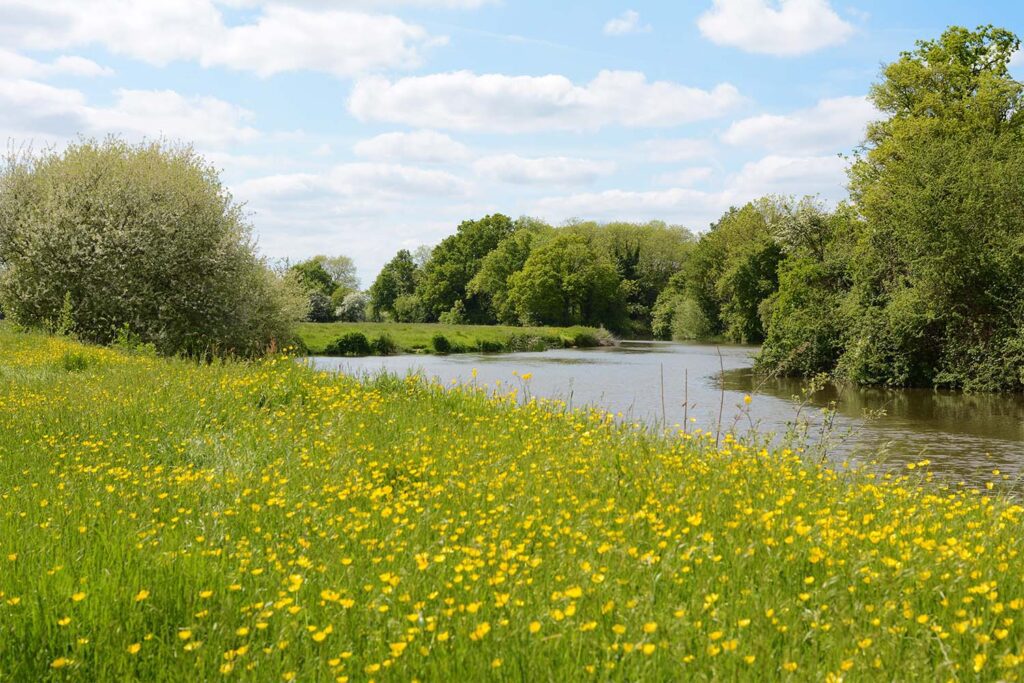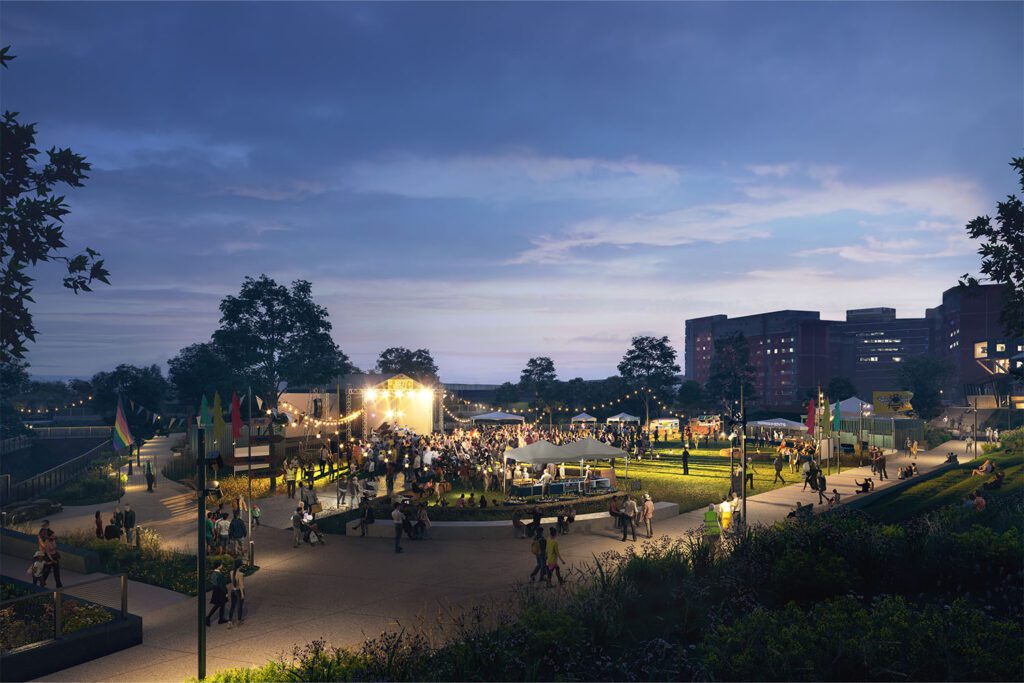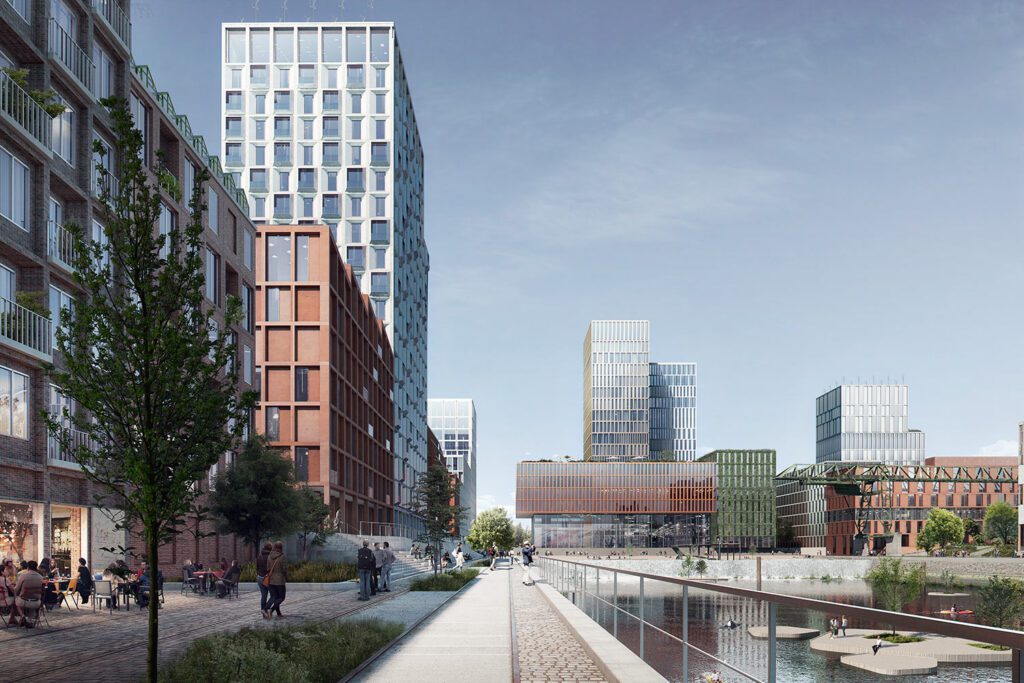GSR21: biodiversity
In 2019, alongside the climate emergency, a biodiversity emergency was declared to bring to the fore the rapid loss of species and decline in habitat and ecosystem conditions globally. There is an inextricable link between both emergencies, and one cannot be considered without the other.
Increasingly, the role that ecosystems play in sustaining the environment on which humans depend is being recognised, as is the need to retain, sustain and repair these systems to maintain the services they provide. Biodiversity loss is known to disrupt the functioning of these ecosystems, making them more vulnerable to other environmental changes exacerbated by climate change, and less able to provide the services we rely on.
In the UK, Biodiversity Net Gain is due to be brought into legislation. This means that all actions that may cause a change in land use – such as development and/or changes in land management – will need to demonstrate that they will leave biodiversity in a measurably better state than it was beforehand, using the quantifiable Biodiversity Metric 3.0.
While it is recognised that this is not a panacea to all things biodiversity-related in the UK planning system, it is an important step in bringing biodiversity issues into mainstream consciousness. The legislation will also hold companies responsible for demonstrating that biodiversity has been proactively considered in the development process.
Likewise, globally, the need to integrate environmental requirements into project design has become ever-more important as companies become increasingly aware of their environmental and social governance responsibilities. However, there is still a long way to go before biodiversity planning and management is truly integrated into all stages of project design and management.
Embedding biodiversity into the planning process
Protecting and enhancing the natural environment should be at the forefront of all development planning to ensure that a truly sustainable approach is taken towards a better and greener future.
Biodiversity and ecosystems need to be considered at the earliest possible opportunity to identify where actions may cause adverse impacts to biodiversity and seek avoidance and protection measures at the outset. This should also include an assessment of the additional ecosystem function of habitats, such as soil stability, ground water infiltration, potential to reduce the urban heat island effect, providing access to nature for people, and climate change adaptation and resilience.
Wider implications of project impacts in relation to biodiversity should also be examined more fully than they currently are. Most consideration around biodiversity relates to the ecology of a project site and its zone of influence. However, the need to look at the origin of construction material, and the potential impact on biodiversity from related extraction and manufacturing activities (i.e. the wider ecological footprint) is not yet integrated into the planning process.
No Net Loss is no longer enough
In the face of the climate and biodiversity emergencies, the principle of No Net Loss is no longer acceptable. Instead, all development should be mandated to provide a biodiversity net gain.
While it is recognised that biodiversity net gain metrics are in their infancy and continue to be developed, we would like to see a system in place that takes a more holistic, ecosystem-based approach to planning.
Consideration of species lifecycles and the habitats that support different life-stages, ecosystem function and services, climate mitigation potential, and the ecological footprint of a development, should be central to the planning and assessment process.
Promoting biodiversity best practice
Buro Happold’s ecology and biodiversity management team is working to push the boundaries of best practice in this area. Together, we:
- Strive to incorporate biodiversity considerations into every stage of the planning and development process – from pre-planning strategic assessments through to the design, construction and operational phases
- Work on the basis that early intervention, and integration through collaboration, are key
- Follow recognised global best practice by actively seeking to adhere to the mitigation hierarchy of first avoiding impacts, before going on to minimise and finally mitigate and offset them, at each stage of every project we work on
- Consistently challenge traditional thought processes and look for innovative solutions to complex multidisciplinary issues.

Mayfield Development
Manchester, UK
Walking to work beside a babbling river, the sound of birdsong replacing the thrum of traffic. Breathing fresh air while surrounded by nature, but only being five minutes on foot from the city centre.
This could not sound further from the everyday experience of city living, but Buro Happold is paving the way to make this dream a reality.
Applying these principles to projects
On our Middle Eastern projects, where we have been engaged to look at biodiversity enhancement opportunities, we are examining the principle of net gain differently. Instead of approaching it simply in terms of replacement of habitats on a geographical scale, we endeavour to answer important scientific questions.
What does it take to create a net gain for a threatened species over time? What are the important habitats for that species over its life cycle? Can we conserve/enhance these habitats while removing/minimising other threats to the population?
This kind of thinking looks at the wider ecosystem relationships of species and habitats, as well as taking a life-cycle approach to examining biodiversity net gain rather than a simple quantitative habitat assessment and replacement approach.
In the UK, we are implementing a more holistic approach to nature-based solutions assessments. By combining this with other considerations, such as social equity, health and wellbeing, and future UK policy reforms, we can ensure that our recommended approach stands the test of time and tackles multiple issues faced by government authorities in future land-use planning.
Working together for a better future
We believe a shared understanding creates shared passion, and that this is what is needed to continually push the boundaries of best practice.
Central to this ethos is collaboration. We work with globally recognised scientists, and species and habitat experts to ensure that we are providing the latest and most robust scientific advice to conserve important biodiversity, as well as creating a transparent approach to the decision-making process on developments.
We also collaborate across the project team – with clients, architects, engineers and contractors – to ensure that everyone has a joint understanding of the ecological sensitivities involved. This allows us to facilitate an integrated approach to dealing with these through sensitive development throughout a project’s lifecycle.
This year, to further our in-house expertise, Buro Happold is funding a PhD which aims to better understand the ecological footprint of new build initiatives through the development and testing of ecosystem-based sustainability criteria.












